Robin Stowell reviews David Vernon’s authoritative account of the chamber works of one of the world’s most famous composers

Beethoven: The String Quartets
David Vernon
433PP ISBN 9781739659929
CANDLE ROW PRESS £13.99
This volume’s tripartite structure conveniently follows the traditional separation of Beethoven’s oeuvre into ‘early’, ‘middle’ and ‘late’ periods. After a brief introduction, David Vernon devotes a chapter to each opus, acknowledging Beethoven’s crusading role in the genre and evaluating the ‘late’ quartets as the summit of the composer’s chamber music achievements. Each chapter provides relevant historical and biographical background, embracing Beethoven’s sketches and roughly contemporaneous works as a means of understanding his musico-cultural circumstances at the time, and each offers a lively, movement-by-movement appraisal, rather than a starchy, intellectual analysis, of every quartet.
Two appendices complete the structure. The first is essentially a literature review of selected secondary sources about Beethoven; in Appendix II Vernon reviews a selection of his favourite recordings but adds a seemingly superfluous guide to selected quartet repertoire pre- and post-Beethoven.
Vernon is musically widely read and demonstrates a thorough knowledge of these quartets. His chapter on op.130 discusses the benefits, or otherwise, of performing both finales in a seven-movement sequence, as advocated by the musicologist Robert Simpson, and that on op.131 ponders whether the quartet should be considered as a one-movement or seven-movement work or as one ‘divided into four “units”, with some movements paired up’. His writing style is expansive and he tends to interpret historical sources (including some of varying reliability) with some poetic licence. He takes several contextual detours to discuss contemporaneous repertoire and draw illuminating parallels with the outputs of artists, authors, film directors and other composers. Vernon expresses his opinions clearly and enthusiastically, bringing the music vividly to life with colourful scenarios and often amusing turns of phrase. Beethoven composing his op.18 quartets is likened to an ‘engineer battling the elements to construct his bridges to Romanticism’; development sections from op.59 onwards become ‘blood-soaked combat zone(s)’ and op.132’s Heiliger Dankgesang is viewed as a ‘stable centre around which the volatile, irregular outer movements can orbit, the adagio’s blend of polyphony and harmony a steady rotating sun for its four circling planets’.
The lack of an index is regrettable, given the text’s diverse content and the myriad issues and personalities discussed. Cavils are otherwise minimal – only a few minor grammatical issues and convenient statements for which there may not be firm evidence. Although clearly focused, the book’s various contextual asides almost transform it into a life-and-works study of Beethoven rather than simply one of his quartets. It may not offer fastidious scholarly solutions to the countless structural and harmonic puzzles that Beethoven created, but it certainly provides a thoroughly accessible, enlightening and entertaining guide to these pinnacles of the repertoire, containing substantially accurate insights that will enhance readers’ understanding and enjoyment when listening to, or participating in their performance.
ROBIN STOWELL


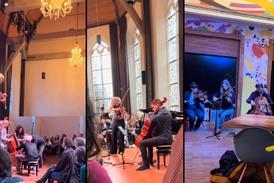


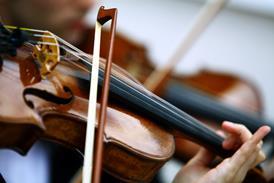
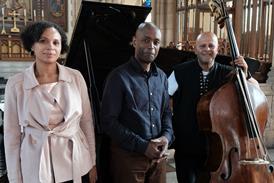


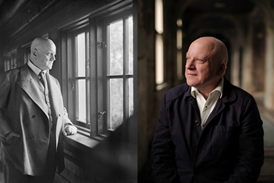


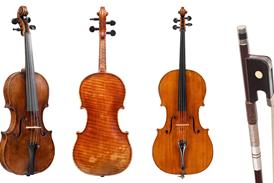

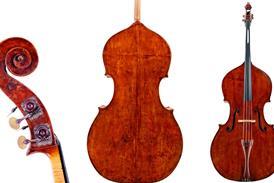
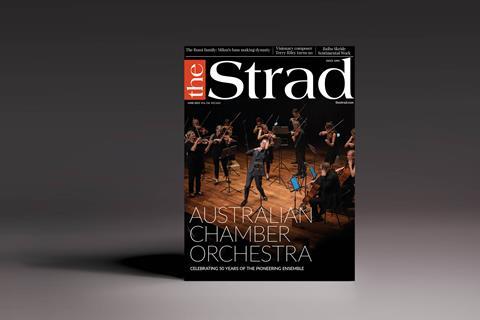



















No comments yet